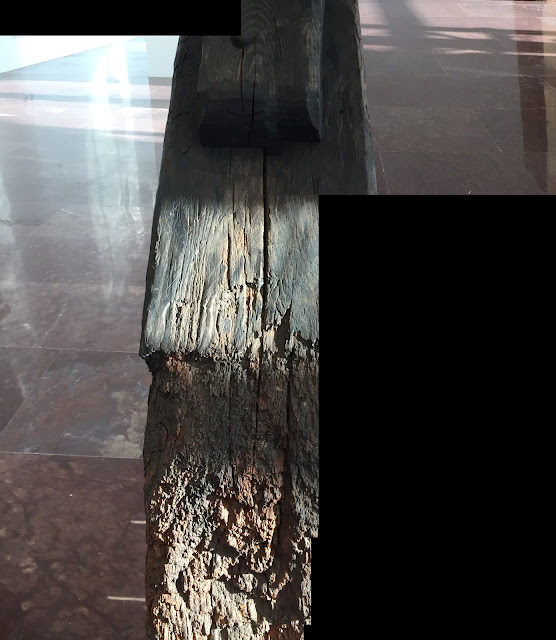Farrow & Ball è uno storico marchio britannico, fondato nel 1946 da John Farrow e Richard Ball; è conosciuto a livello mondiale per essere tra le aziende produttrici di vernici quella che maggiormente riesce a cogliere, ed ad influenzare, le tendenze in fatto di colori.
Di recente mi è capito di vedere nominato Farrow & Ball in "Eccomi" ultimo romanzo di uno degli scrittori più letti del momento, Jonathan Safran Foer; lo scrittore lo inserisce nella lista dei brand considerati dalla classe media americana "il meglio di tutto".
Ma vediamo quali sono i consigli ed i trucchi che gli esperti di questo marchio ci rivelano nel loro catalogo, che contiene delle vere e proprie lezioni sul colore.
Il colore non è un semplice rivestimento ma deve dare forma alla casa e per questo, spiegano, le loro vernici sono ricche di pigmenti ed hanno un alto potere di riflessione della luce.
Proprio la provenienza e l'intensità della luce sono fondamentali per la scelta del colore delle pareti di una stanza.
Ad esempio se un ambiente è di ridotte dimensioni ed è esposto a nord è inutile cercare di aumentarne la luminosità: la strategia giusta è quella di mettere in risalto il carattere intimo con un colore forte come il grigio scuro: ad esempio il loro Down Pipe.
Farrow & Ball is a historic British brand, founded in 1946 by John Farrow and Richard Ball, known worldwide for being number one of the producers of paint that can better grasp, and to influence, the trends in terms of colors.
Recently I got to see appointed Farrow & Ball in "Here I am" last novel of one of the most read writers of the moment, Jonathan Safran Foer; the writer puts it in the list of the brands considered by the American middle class "the best of everything."
But let's see what are the tips and tricks that the experts of this brand reveal in their catalog, which contains some real lessons on color.
Color is not a simple coating but must give shape to the house and for that, they explain, their paints are rich in pigments and have a high reflectivity of light.
Its provenance and light intensity are essential for choosing the color of the walls of a room.
For example, if an environment is small and is exposed to the north it is useless to try to increase the brightness: the right strategy is to increase the intimate character with a strong color such as dark gray as Down Pipe.
Down Pipe
Se la stanza è esposta a sud si dovrebbe esaltare la luce calda che penetra dalle finestre con tonalità soffici come il Dimpse, un grigio luminoso con fresche sfumature del blu.
If the room faces south should enhance the warm light that penetrates the windows with soft shades like Dimpse a light gray with fresh shades of blue.
Dimpse
For rooms exposed to the west they advise colors that can enhance the cold light in the morning and the warm tones of the evening as Pointing that takes its name from the lime used in traditional masonry.
Pointing
For those facing east, dominated by the cold light, are suitable light colors like Pale Powder, best when paired with darker shades, like those of Dix Blue (a vaguely vintage shades), for frames and boiseries that make contrast with the lighter walls.
Pale Powder
Dix Blue
Presto un'altra lezione. Rimanete sintonizzati!
Soon another lesson. Stay tuned!



































